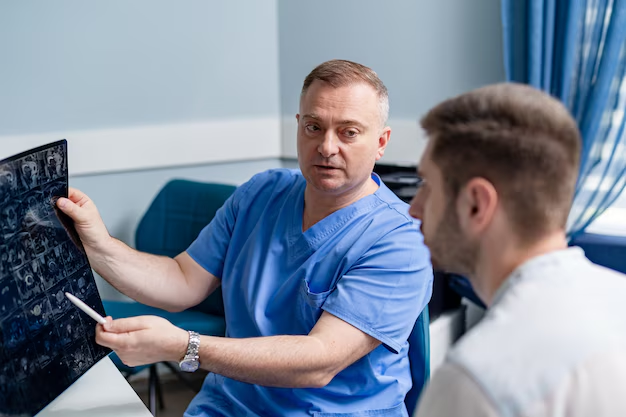Understanding How Parkinson’s Disease is Diagnosed
Imagine waking up one morning, struggling with a slight tremble in your hands or noticing stiffness that wasn't there before. For many, this might herald the onset of Parkinson’s Disease (PD), a progressive neurological disorder that affects movement and coordination. Diagnosing Parkinson's, however, isn't as straightforward as any blood test or scan might solve. Let's delve into how health professionals pinpoint this elusive condition.
The Diagnostic Journey
Clinical Evaluation: The diagnosis of Parkinson’s Disease primarily rests on clinical evaluations conducted by healthcare professionals, often neurologists specializing in movement disorders. The journey usually begins with a detailed medical history and a thorough neurological examination. Symptoms are grouped into motor and non-motor categories.
Motor Symptoms:
- Tremors: Involuntary shaking that often begins in a limb, especially the hand or fingers.
- Bradykinesia: Slowness of movement that may affect everyday activities.
- Rigidity: Muscle stiffness which can limit range of motion.
- Postural Instability: Impaired balance and coordination.
Non-Motor Symptoms:
- Changes in mood.
- Cognitive impairment.
- Sleep disturbances.
Exclusion of Other Disorders: Since several conditions mimic Parkinson’s, ruling them out is critical. This is handled through imaging tests like the MRI or CT scans, but these are typically used to exclude other neurological disorders rather than confirm Parkinson's.
Response to Medication: Another clue in the diagnostic toolbox is the patient's response to Levodopa, the standard treatment for Parkinson's. A significant improvement in symptoms with this medication often supports the diagnosis of PD.
The Role of DaTscan
While no single test can definitively diagnose Parkinson’s, the DaTscan imaging test helps observe dopamine-producing areas in the brain. This scan assists in distinguishing Parkinson’s from essential tremor or drug-induced parkinsonism.
Managing Life with Parkinson’s
Being diagnosed with Parkinson’s Disease is life-altering, but thanks to advances in medical science and support systems, managing life with PD has become more approachable. Here is how to find the silver lining.
Medication and Therapy:
- Patients can lean on medications like Levodopa and Dopamine agonists, but physiotherapy can also play a significant role in maintaining mobility.
- Occupational therapy can help in adapting daily activities to new physical capabilities.
Financial and Support Aid: The financial burden of managing a chronic condition is often a source of concern for patients and families. Here’s how one can alleviate some of this stress:
Available Programs and Resources 💡
- Medicare & Medicaid: Offers help with medical expenses for eligible patients.
- Social Security Disability Insurance (SSDI): Provides support for those unable to maintain employment due to their condition.
- Non-profit Organizations: Many foundations offer grants specifically for individuals with Parkinson’s.
- Educational Webinars and Workshops: Many communities and online platforms offer free resources to help patients and caregivers understand and manage Parkinson’s Disease better.
🟢 Top Financial & Support Resources for Parkinson’s Patients:
- Medicare/Medicaid ✔️ Healthcare coverage.
- SSDI 💵 Disability insurance.
- National Parkinson Foundation 🎗️ Offers education and support.
- Michael J. Fox Foundation 🎗️ Funds research and patient-centric resources.
- Educational Grants 🎓 Workshops and webinars for patient empowerment.
By understanding the complexity of diagnosing Parkinson’s Disease and exploring the available support systems, individuals can better navigate the challenges, with hope and resilience, that this condition brings.

Related Topics
- Are There Environmental Causes Of Parkinsons
- Can Alcohol Cause Parkinson's
- Can Concussions Cause Parkinson's
- Can Concussions Cause Parkinson's Disease
- Can Dogs Get Parkinson's Disease
- Can Dogs Get Parkinsons
- Can Dogs Have Parkinson's
- Can Dogs Have Parkinson's Disease
- Can Females Get Parkinson Disease
- Can Head Trauma Cause Parkinson's